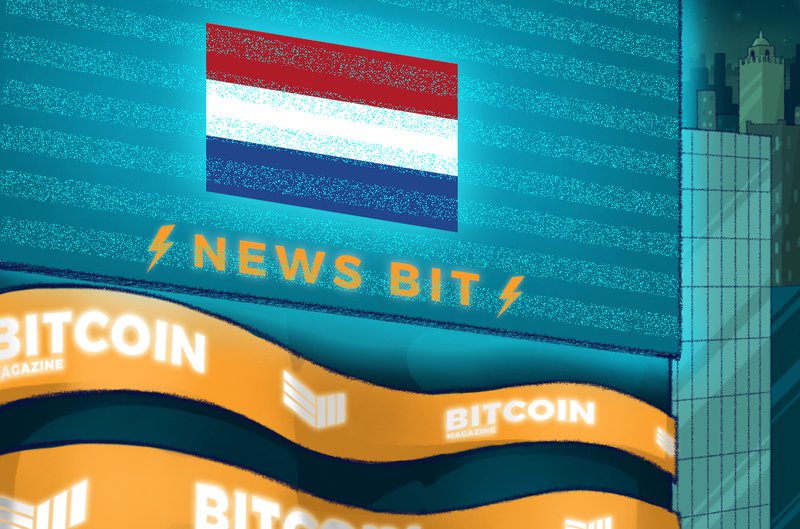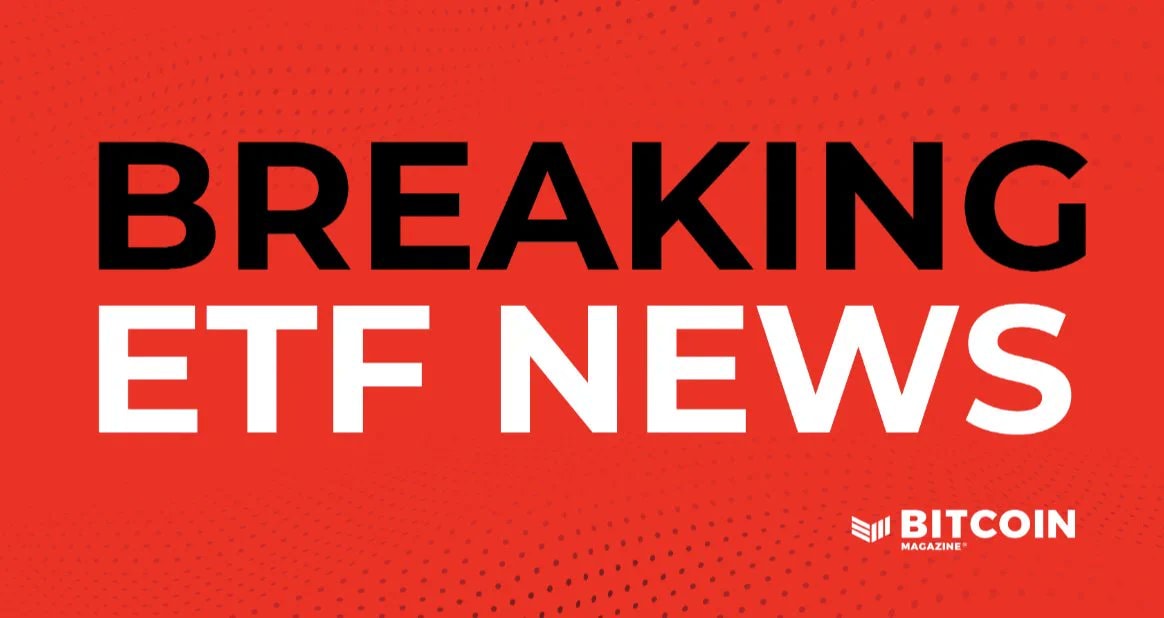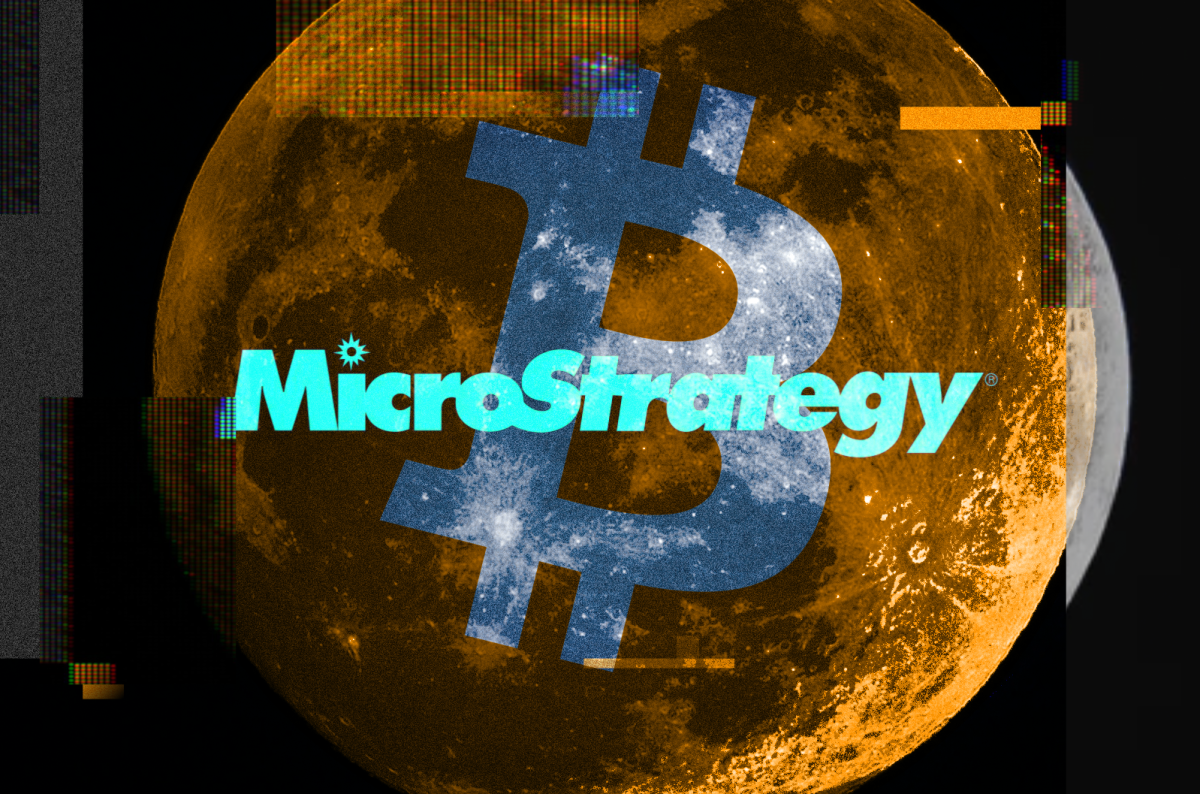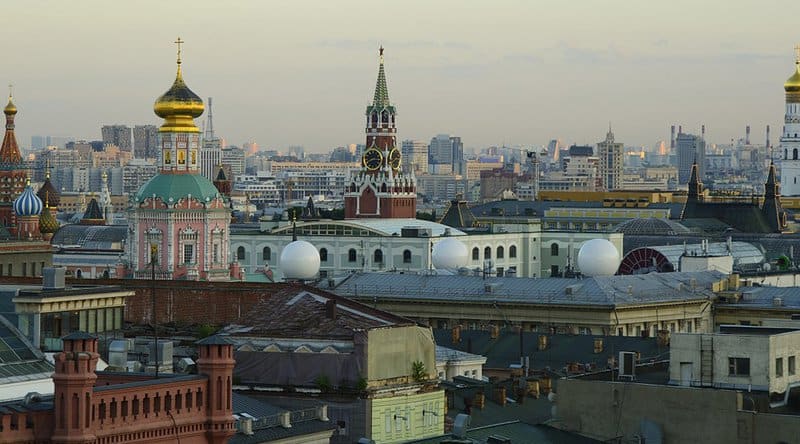Living on Bitcoin Day 6: An Artist, a Dev and a Moon Boy Walk Into a Bar…

This is the fifth instalment of reporter Colin Harper’s “Living on Bitcoin” experience in San Francisco. Find out what happened to him earlier on Day 1 , on Day 2 , on Day 3 , onDay 4 and on Day 5.
On day six I woke with a renewed sense of energy. My last two days in San Francisco were booked up with plenty to do, and yesterday’s purchase had reinvigorated the experiment’s sense of purpose.
That morning I wrote, paid Kashmir back for the breakfast (she got into her Coinbase account) and set out for two days of Bay Area shenanigans that would include meeting a local crypto artist, getting tipsy with bitcoin and sleeping (and sailing) in the East Bay on a boat that threatened to capsize.
Around 1:00 p.m. I caught an Uber into the Financial District to meet up with Dustin, a multi-talented developer who had responded to a Reddit thread I made leading up to my week here. He invited me sailing, but the weather was sketchy — it had been raining for the better part of my time in San Francisco and there were winds and storms in the forecast — so we decided to meet at Digital Garage, a coworking space on Market Street that accommodates many cryptocurrency projects.
I was loitering in the lobby when he passed me, and we registered who the other was immediately. Big, tall, bearded with long, blonde hair, a tremendous smile and goofy disposition, he crossed from the other end of the lobby to greet me.
He’s got the hair, the beard, the “No worries, dude” vibe. We’re going to get along great.
We did.
As we entered the working space, I was pleased to see a cryptograffiti original on prominent display, which added an air of authenticity to both his presence in the space and to the San Francisco crypto community for supporting a local, industry-specific artist.
Posting up at a table in the working space, we hit it off and began jumping from one crypto topic to the next. Turns out, he’s a lone-wolf dev who’s building a hardware wallet with bluetooth-enabled mobile controls — not unlike Ledger’s own Nano X, I suggested. He hadn’t heard of it before.
“Well, they might have the bluetooth, but I doubt it’s trustless and multi-sig,” he tells me, going on to say that he knows of no other trustless hardware wallet. Interest piqued, I surveyed his app and the hardware wallet prototype, which he’s also building himself.
“You’re just a one-man band, aren’t ya?” I remarked, impressed, after learning that he was building everything himself.
He’s a bit of a crypto OG, it seems. He’s been in the space since 2011 and hangs around the Bitcoin Core internet relay chat (IRC), where he says he’s been humbled on a few occasions. I asked for his veteran perspective to help explain why I couldn’t find any more stores in the area that accept bitcoin. He suggests that it’s intertwined in the same trend that has made Silicon Valley so banal to him.
“Bitcoin has really exacerbated the aspects of Silicon Valley I don’t like,” he admits. “It has an appreciation for altcoins or stablecoins, but not really for bitcoin, hard money. I think there’s this culture in San Francisco that just idolizes what investors like, what’s new. I heard someone say Silicon Valley is about new things — bitcoin isn’t new anymore.”
Everyone’s just looking for “the next big thing” or “the next Bitcoin.” They’re not going to find it, was more or less his view, and he believes that the focus shouldn’t be creating something new but improving what we already have.
“I’ve heard it said that the East Coast owns things while the West Coast makes things,” he theorized, “and if that stereotype were true I could see more people taking bitcoin.
“I think the challenge is that the majority of people don’t understand security stuff. The people who buy these don’t understand half of it. The challenge is teaching them,” he said, broaching the evergreen topic on the “how-tos” of adoption.
Our conversation was kinetic and animated as we touched on a wide range of crypto-related topics. I’m not surrounded by developers much in Nashville (especially not crypto/blockchain ones), so the opportunity to talk to one who knew the ins-and-outs (and knew them real well) left my curiosity welling with streams of new, if half-hatched, bitcoin applications and infrastructural ideas.
We talked crypto assets insurance (a concept which we both had previously hatched complementary business models for), his conceptualization that the network serves users and not miners (he believes that “hashing wars” are irrelevant, since, ultimately, the users will decide which chain they buy in to) and his surprising penchant for interacting with some of the space’s most prodigious and controversial celebrities without knowing who they are.
At one point, he had left his laptop at the Crypto Castle only to retrieve it, unmolested, from the same couch he left it on a month later, though he didn’t really know who Jeremy was. I brought up Brock Pierce and his benevolent-or-parasitic (depends on who you ask) ventures in Puerto Rico. When Dustin was still involved in the Valley’s tech party scene, he was acquainted with him before either even knew about bitcoin.
“Ohhh, that’s Brock Pierce. I know him — I just didn’t know his name. We used to party a lot 10 years ago. That’s hilarious.”
Everyone knows everyone in this industry, and the degrees of separation between connections is often slim. It’s like Six Degrees of Kevin Bacon but with Bitcoin.
He would reaffirm this observation throughout our talks. For instance, he had applied for Coinbase back in 2013, a job he didn’t end up getting — though Armstrong’s consolation prize was pretty nice.
“He gave me a bitcoin,” he said, smiling and holding up his hands like he was holding something ethereal. “It was like 34 bucks then.”
The literal token of gratitude for being one of Coinbase’s first applicants.
That would have been sometime in 2013, maybe even right before Hill’s article. Funny, he was probably up for the position of Coinbase’s third employee.
I ordered some pad thai for lunch on Uber Eats, tried to manage some work but was ultimately distracted by my on-going, engaging conversations with Dustin. He’d agreed to go with me to the Bitcoin meetup at Stookey’s that night. To kill time until then, we decided we would give BitPay an office visit. I wanted to ask them about the decreasing presence of bitcoin-accepting merchants in the bay area, and see if the trend was national and global.
I called the office but only succeeded in leaving a voicemail, so we decided that running the errand on foot would give us our best shot. BitPay has two offices listed on Google. One was, no doubt, a mailing address but we had no way of figuring out which one.
The rain-soaked walk was made easier thanks to our umbrellas (Hans had graciously loaned me his, a feeble but functional black pocket umbrella). On our way, we took a detour so that I could try out a bitcoin ATM.
The experience wasn’t as gratifying as I had hoped, mainly because it didn’t feel like actually buying bitcoin — it was more like buying credit or a coupon for bitcoin, the opposite of what I had been doing all week: using bitcoin to buy credit and coupons in the form of gift cards.
The Coinme ATM was located in something of a mall a block over from the Moscone Center. I decided to use cash, but upon using the machine, any chance of anonymity was promptly thwarted.
First, it asks you to insert your ID, followed by a request to take a picture to verify that identity (that I would have to basically do know-your-customer (KYC) verifications twice to buy bitcoin with cash was anathema to me). After this it asked me for my phone number and email address, which I found ironically less intrusive after having to be photo identified. When all this was done, it printed a slip of paper with a username and password, along with a URL at which I could access the $10 worth of bitcoin I had bought.
Cool, I can’t even access it yet and don’t even hold the keys. Certainly different from when Hill used a makeshift, trustless prototype at Internet Archives in 2013 before the first crypto ATMs had been produced. Back then, it was just a computer and a cash box, which any employee could use to withdraw or deposit bitcoin for cash. Same concept, but more anonymous, easy and endearingly janky (you had to trust people not to steal cash from it, though).
The disheartening and borderline frustrating experience (it felt a bit cheap, a normal monetary transaction service masquerading as a crypto one) was aggravated when a Ramen vending machine 20 yards away teased cryptocurrency as a purchasing option, only to qualify the payment as “Coming soon!” at checkout.
We went on with our search for BitPay, but it was ultimately fruitless. At the first location, our call on the building’s outside directory went unanswered. At the second, we were told that BitPay no longer occupied space in the building, so we decided to pack it in.
Fighting the wind that had whipped up in our mile or so walk, we took refuge in an Chinese food joint that Dustin was fond of. We split a helping of kung pao chicken, which I repaid in bitcoin. Dustin had become an IRL intermediary through which I could enjoy those elusive dining-in-with-bitcoin experiences.
Dinner finished, we found our way to Stookey’s, an intimate, cooly lit bar that could comfortably seat maybe 30 people. We were fashionably late and took a seat at the rightmost end of the bar. I was unpleasantly unsurprised to discover that no one else had shown up for the meetup yet. For the first 30 minutes, we were the only ones, it seemed, a disappointing situation that was becoming par for the course in a week of almosts.
But it was also a win. I got to spend my bitcoin again, this time on a delicious pisco sour (a Peruvian, egg-white cocktail with a pisco base, bitters and limes) and enough beer and other cocktails to get a buzz on and cringe at the thought that the prices were not too far off from Nashville’s own.
Striking up a conversation with a wispy black-haired guy who “is kinda a tech geek,” Dustin asked him if he was there for the meetup. He said no, admitting that he was a bit skeptical of the whole thing. He rehashed an old misperception that I’ve heard from numerous naysayers, and the fact that I’m forgetting it now is either a testament to the cocktails’ potency or to the fact that most arguments against bitcoin (especially from the underinformed) have all been packaged into a nebulous hodgepodge of complaints that, in their ubiquity, have begun to resemble each other).
Dustin and I hit it off with one of the bartenders, who showed a greater-than-average understanding of crypto — so much so that he had educated opinions on forks, proof of work vs. proof of stake, and Ethereum’s Constantinople upgrade. He’s been invested for two-and-a-half years, though he had been tuned into the market and started conducting due diligence two years before that.
I asked if any of the crypto-focused co-owners were around so I could grill them. One of them, a close friend of his, was sojourning in Mexico, as one does when crypto rich. Our bartender was a more-than-adequate stand-in for my questions, seeing as he’d been at the bar for two years, so I asked him if he’d noticed a drop-off in Bitcoin meetup interest.
“They go up and down. We’re in between,” he said, conceding that they had been considering scaling the meetups down from weekly to quarterly.
He also shared his personal experience of the hassles that come with accepting bitcoin, particularly in times of network bloat. “Fees were getting ridiculous on BitPay,” he told me. “A $14 cocktail becomes a $24 cocktail and people don’t want to pay.”
“How many people pay in bitcoin, would you say?” I asked him.
“A few, mostly during the meetups obviously. Every now and then, someone will be a few drinks in, realize we take it and then want to pay that way.”
After about an hour, I turned to my left to observe a room whose patronage had thinned out in tandem with the vanishing contents of our glasses. With the room cleared, I could make out two dudes having an enlivened conversation two seats down from us: one, tall and thin-ish; the other, shorter and bulky, with blond hair.
“I think that’s Dan Held,” I told Dustin, referring to the blond character. True to form, Dustin didn’t seem to know who Dan was, showing the willful introversion of a man who is more preoccupied with the code of the industry over its personalities.
I went over and introduced myself, thanking Dan for an op-ed he had recently submitted to Bitcoin Magazine and telling him a bit about my experiment. I related it back to Kashmir Hill’s own, where he was featured in the final day of her 2014 excursion.
Dan invited me to get coffee the next day, but I said it would be tricky given my schedule. I would be busy in the morning and evening, and I had plans to meet up with cryptograffiti, a San Francisco-based crypto artist, in the afternoon.
He gave a half-cocked smile and nodded to the man he had been talking with.
“No way, seriously?” I said, shocked at the serendipity.
“Yeah, that’s me,” the tall man responded with a grin.
With introductions made, we talked a bit, and I learned (not to any surprise) that the artist was a maximalist of sorts.
“Bitcoin is my baby,” he said with the simultaneous seriousness and self-aware waggishness of a true believer.
Like Dustin, cryptograffiti was an OG. Always jumping at the chance to glean another point of view, I relayed the frustrations that had obstructed my week on bitcoin, and I asked why there were so few people at the meetup.
“People stopped going to meetups because the focus had changed. It was too financial. People started shutting you down if you knew what you were saying,” he said.
It’s all wrapped up in the paradigm shift the crypto community has experienced since 2013, he believes. Like Dustin, he thinks the altcoin boom exposed how mercurial community attention can be and diverted much of the excitement for bitcoin toward the industry’s new and shiny offspring.
“It’s cool to be contrarian. Everyone is looking for the next thing.”
Dustin joined the conversation, along with another meetup latecomer: a short, spiky-haired Ethereum “moon boy” with wide, distant eyes whom I had met at the conference and who claimed he had conceptualized a “decentralized, global supercomputer” in high school before Ethereum had even existed.
Sure thing, bud.
The meetup, while small, felt profound. It was small, but it was also quality and included a diverse sample of the industry’s many players. It was eclectic and intimate, much like the “Bitcoin at $100” meetup that Hill was a part of. Only ours was smaller, something I would not have anticipated when I started this.
But there was probably a greater diversity of professional specializations in the industry at this meetup: a one-man developer team who seemed to personify Bitcoin’s open-source nature, a Texas boy who had become one of the crypto space’s most recognized entrepreneurs, a San Francisco-based DJ-turned-artist whose crypto-themed artwork sells for five figures (yes, really), a Nashville-based journalist who didn’t know squat about Bitcoin until 2017 and was thrilled just to worm his way into this milieu, and the Ethereum moon boy who did brand relations for an Ethereum-built project.
Bitcoin and crypto had all given us the opportunity to pursue passions and careers within the industry.
Even if its use as an IRL payment has regressed, the impact of the network has been far reaching — the industry is more active than ever. This thought enlivened me.
Dustin had offered me a bed on his boat for the night, something I wasn’t about to pass up, especially with a few drinks in me. It was across the way in Berkeley, so we took the BART. I paid Dustin for a ticket and then a 15-minute drive from Oakland put us at the harbor.
The boat’s exterior gave the impression of a modest and relatively well-maintained sailboat. Below deck, the haphazard displacement of various sundries and provisions presented the habitat of a man who probably had the madness to create things few people could.
The night winding down, we decided to watch/play Black Mirror’s Bandersnatch on Netflix. The choose-your-own-adventure movie’s interactive nature gives a new dimension to Black Mirror’s typical rabbit-hole examination of technology and human frailty. We had both watched it before and wanted to see what different endings we could get.
Even if tenuous, the connection between the protagonist’s struggle to create a choose-your-own-adventure game (it’s also glaringly meta, like a lot of Black Mirror’s concepts) in the seminal days of the video game industry and my own struggle to spend bitcoin became apparent.
What alternative endings, universes, paths had I not confronted, found or gone down in the course of my own adventure? Maybe I’d missed some opportunities where I could’ve used my bitcoin. Or maybe this was the most optimal path: I had met Held and cryptograffiti at a meetup and was about to sleep on a boat, owned by a developer whose myriad and disparate interests and lifestyle were like something out of a book.
What other endings are out there? I thought to myself, the boat gently rocking to the bay’s swaying tide.
It was an easy and comfortable sleep.
As Kashmir Hill did in her original journey, Colin is accepting BTC tips to help him along the way.
Tip jar: 3CnLhqitCjUN4HPYf6Qa2MmvCpSoBiFfBN
This article originally appeared on Bitcoin Magazine.


![[promoted] Democratizing Data: Bringing Data Harvesting And Analytics To The Masses](https://www.lastcryptocurrency.com/wp-content/uploads/2018/08/2699/promoted-democratizing-data-bringing-data-harvesting-and-analytics-to-the-masses.jpg)






